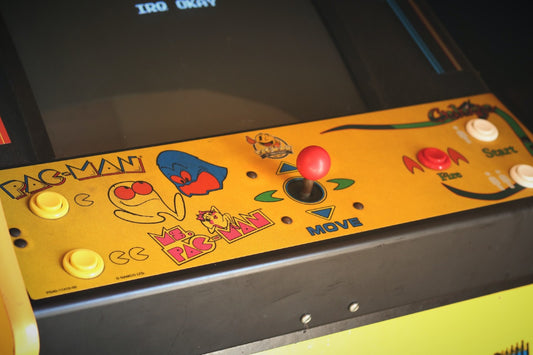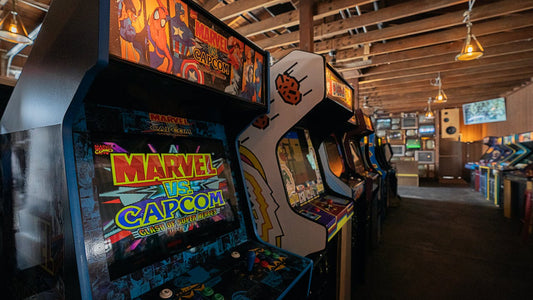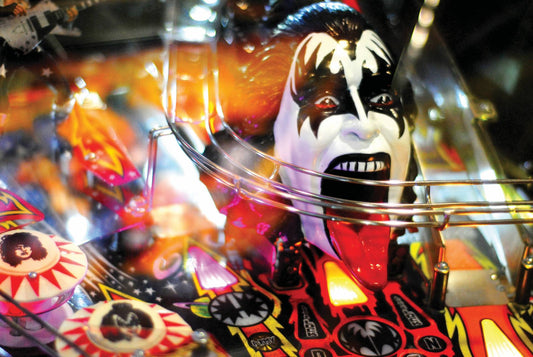Oculus Rift
The Oculus Rift is the first VR headset widely available to the public and was commercially released in March 2016. Interestingly, the project started out as a KickStarter crowd-funder campaign in 2012.
The campaign went on to raise $2.5 million for the development of the VR headset, with Facebook buying the company only two years later for $2 billion. The idea of the kickstarter was to send the headset out to developers for free reign in developing games for the system and would be sent a developer’s kit if donating $300 or more.
Palmer Luckey, 18 year old from California and long-time 3D and VR forum-goer, decided that he wanted to create a virtual reality headset that was available to consumers at a reasonable price. First, he created the original prototype in his parent’s garage. Palmer then went on to set up his own business named Oculus and two months later the kickstarter campaign was online. On the first day, units sold at a rate of 4-5 per minute and gradually slowed over the week.
There have been multiple developer kits created for the Rift, each modified and improved. From the first development kit that was sent out to project backers, a HD screen was added, the tracking device was updated (to Crystal Cove) and in the second developer kit, all of the changes between it and the first were incorporated. In February 2015, 100,000 developer kit 2’s had been ordered.
With huge amounts of pre-orders, Oculus were forced to push back release and shipping dates for the consumer version when released in early 2016.
Every Rift comes packaged with an Xbox One controller for games that require a gamepad. This is due to companies’ partnership with Microsoft and cuts out 3rd party companies attempting to create hardware for the VR headset.
Other controllers include the Oculus Touch which are motion controls and are manly used in sports games. There are two controllers included so that the player can hold one in each hand. Each Touch unit features a joystick, buttons and two triggers (one for grabbing and one for firing). They even include a detection system for hand movements! The Touch is sold separately from the Rift at the cost of $200.
When the Rift is turned on with no other content being available to the headset the user will see ‘Oculus Home’ screen. Through this, players can launch a variety of VR apps whilst also seeing if their friends are online and have access to the store.
Applications that can be found on the headset are primarily gaming though non-gaming apps are also available. The company has announced that the main focus of the headset is gaming and that they are working with big companies such as Square Enix and Harmonix to create games.
As well as working with huge game developing companies, Oculus have made software development open for the system and allow small-time developers to create openly through integration with game engines such as unity 5, Unreal engine 4 and Cryengine; making it widely available to the game developer community. Acting as an open platform, Oculus have made it so that games developed for the headset do not need approval or verification to be developed nor does it need permission to sell content.
Non-gaming applications for the system include the Oculus Cinema, which is a free app that allows the user to watch films in a simulated cinema environment. The app has been designed to allow multiple people to watch the same film at a time, allowing them to see each other’s avatars and communicate as well.
Oculus cinema also allows users to watch spherical and 3D videos. The company have been teaming up with large film companies to produce 3D and spherical films for the headset over the previous months. There are plans in the works with sporting event companies to broadcast live, 3D and spherical games to the headset.
Oculus have plans in the works that focus on the social aspect of the Rift, an example being AltSpaceVR that allows users to inhabit a shared virtual space. Users will be able to communicate though speaking and can interact with objects to allow a group of people to play board games etc together. The internet can also be screened onto virtual screens! The app is said to support head and body tracking.
As well as its many uses for entertainment purposes, the Rift has been used in industry. Generally, it is thought that the VR headset could be used for enhancing productivity and advertising purposes when considering industry use. However, a group of architects have used this medium in the past to understand the scale and structure of planned buildings. The car manufacturer Audi have even been seen to use the Rift in car showrooms to allow potential buyers to view the cars and test race them around a virtual track.
Reception to the innovation that is the Oculus Rift has been overwhelmingly positive. Many regard the Rift as the best VR headset on the market and it was also the first VR headset to be widely available to the public. Criticism comes in the form of its hefty price-tag and powerful PC systems that are needed to run the headset.
While the future of VR gaming is exciting, we still love our gaming history and playing through our favourite retro classics on our beautiful range of Arcade Machines.



